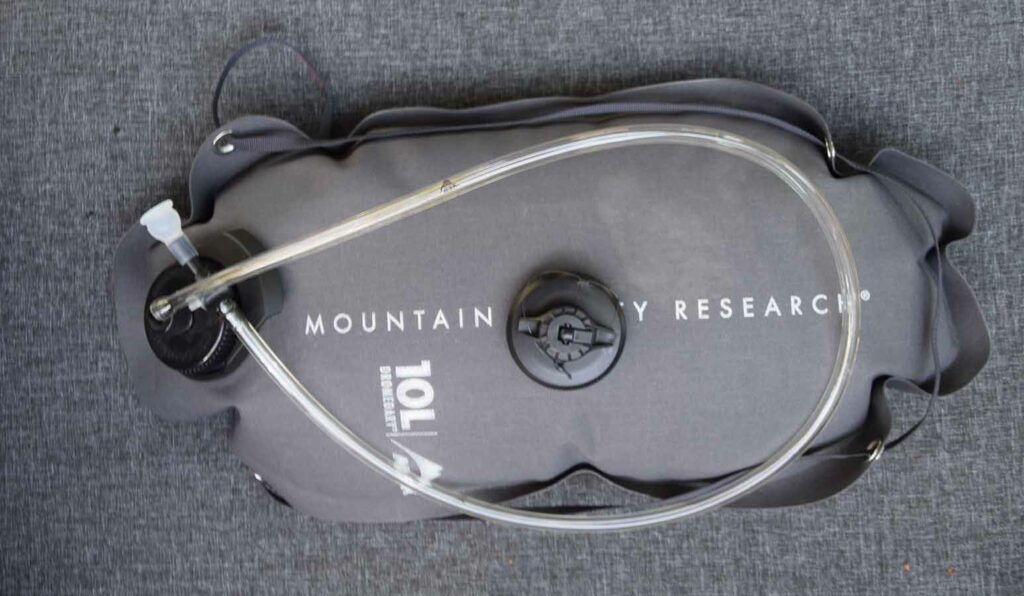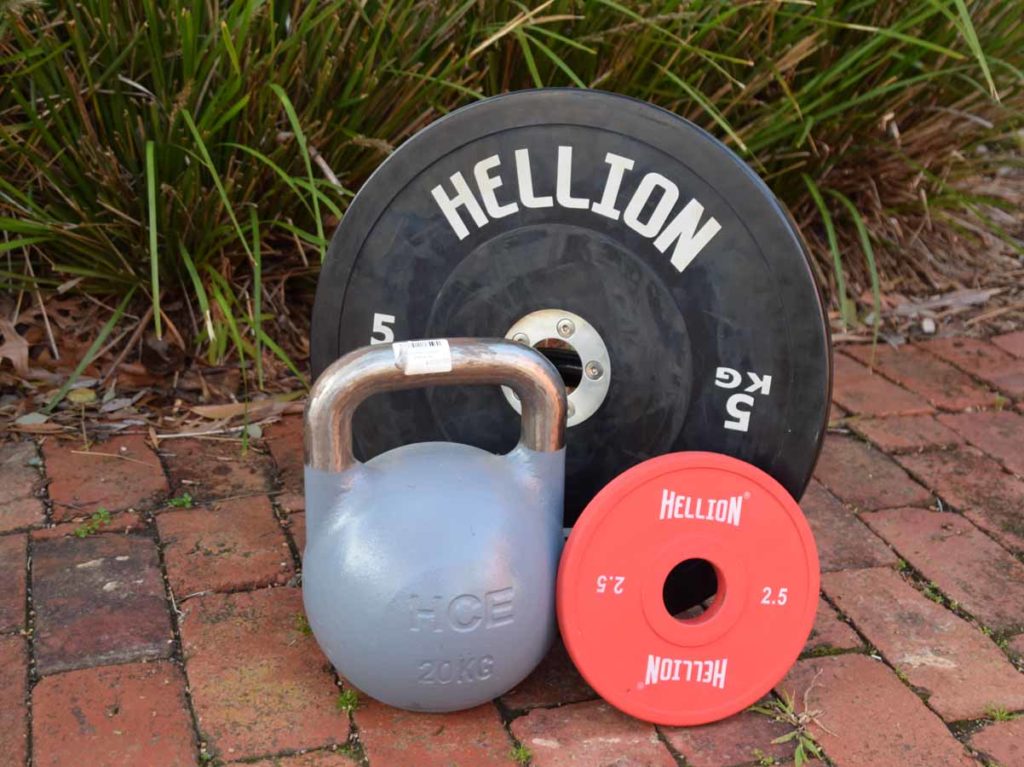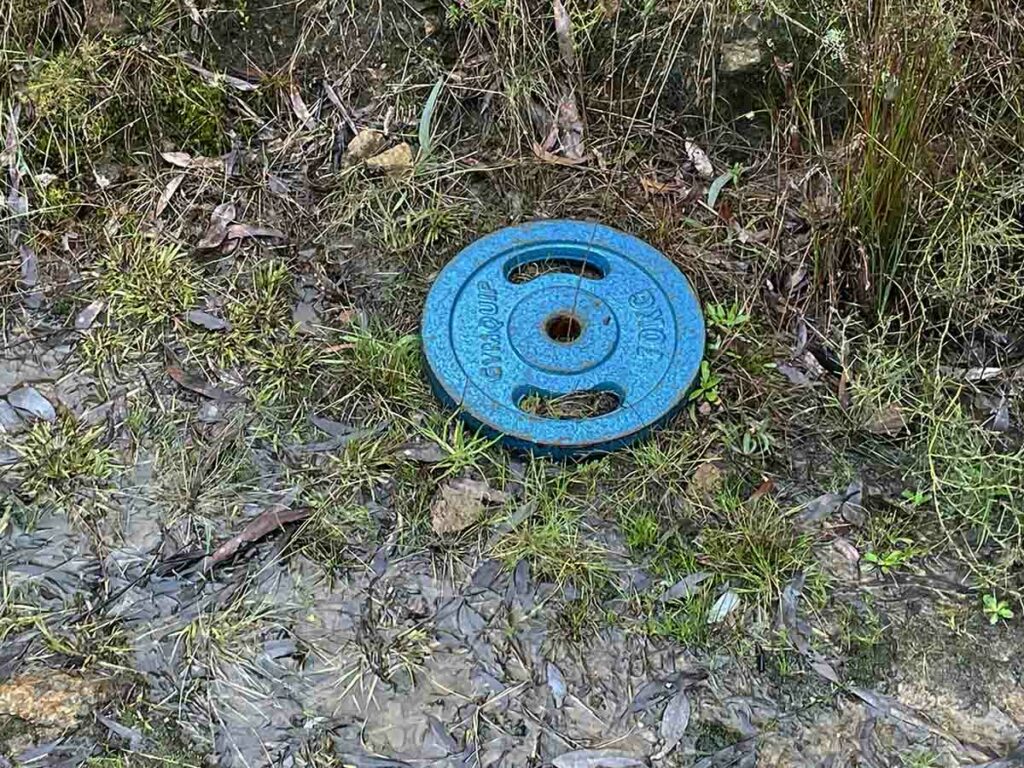Pack training: the what and the how
Hiking Preparation
Physical preparation is a part of getting ready for any hike. For shorter easier hikes the training may be almost non existent while for longer and or more complex hikes you may spend weeks if not months preparing. Training for longer hikes involves many different physical aspects including cardio and weight training, as well as lots of walking/hiking both with and without a pack. In this article we talk about the do’s and dont’s of pack training to help you get the most out of your hike.
Gear
Before we discuss the specifics of pack training, we need to discuss two key pieces of equipment.
- The first and most obvious one is the pack itself. Wherever possible use the pack that you will be taking on your hike. What you are trying to replicate is the hiking experience itself and using things like weighted vests or even a totally different pack isn’t going to fully prepare you for the trip itself.
- The second gear related consideration is use the footwear you are going be wearing on your hike. In the case of boots you may need to break them in. This is also an opportunity to see how your footwear will cope with a loaded pack and the impact that it will have on your body.
Pack weight
The next consideration for pack training is the weight itself. It doesn’t matter how many hikers you talk to, everyone has a different recommendation on how heavy your pack should be. Traditionally a figure of 20-25% of your body weight has been used as a guide for the maximum weight you should carry on a hike.
These days it’s considered best practice to minimise the weight you carry and only carry the things you need/want to reduce the stress on your body. Aim for your pack to be less than 15-20% of your body weight as a maximum.
Having said that I’m a big guy with an approximate body weight of 100 kg and I don’t like my pack when fully loaded with 8-9 days of food to weigh any more that 18.5 kg. I find this maximum weight is comfortable for me. You may have your own level of comfort and pack training will help you work out what it is.
Food and water are probably the biggest variable for many hikers and if you are carrying 7-10 days of food at a time, then this total weight is what you need to train for.
Things to do when pack training
- Use the footwear (including socks and inserts) thatyou will be using on your hike
- If possible use the pack you will be hiking with. This will allow you to become familiar with the equipment you will be using on your actual hike
- Ensure your pack is adjusted correctly. While most people would see this as common sense, I see a lot of incorrectly adjusted packs when I’m out hiking and even some minor adjustments will make a huge difference to the comfort of what you are carrying
- The ideal ‘weights’ are your own equipment. Having said that the last thing you want to do is leave all your gear stuffed into the pack for an extended period as it’s not good for the gear. Two options for adding weight to pack are bags of rice, or water:
- I use 5 kg bags of rice in heavy grade bags so they won’t break
- My rice bags are now 4 years old!
- If using water, don’t carry a large hard drum of water as it won’t replicate the feel of your actual hiking gear. Use full water containers so the water doesn’t slosh around
- The advantage with using water is that if you are going up hill then you can pour the water out for walking downhill to save your knees
- Use towels or blankets to provide a stable pack and to fill in any spaces
- I use 5 kg bags of rice in heavy grade bags so they won’t break
- Use a variety of terrain. Don’t just walk up hills, on bitumen or concrete paths. Get out onto a variety of hiking trails/surfaces to replicate what you will be doing on the trail
- Vary the distances you walk. In the final week of carrying a weighted pack try to replicate similar distances you plan on walking on your hike
- Build up your pack weight slowly to allow your body to get used to the weight. I start my pack training 8 weeks out from the start of a big hike. I will do two hikes a week with a weighted pack and two without a pack in addition to weight and cardio sessions, and flexibility training. The following is my eight week schedule leading into a hike:
-
- 8 weeks to go : 5 kg
- 7 weeks to go: 10 kg
- 6 weeks to go: 10 kg
- 5 weeks to go: 15 kg
- 4 weeks to go: 15 kg
- 3 weeks to go: 20 kg (my maximum trail weight is usually around 18.5 kg)
- 2 weeks to go: 20 kg
- 1 week to go: No weighted pack training to allow your body time to fully recover
My final weighted pack training session is with my full hiking gear, including food just to ensure that everything checks out (Shakedown hike).

This is my dedicated training pack for pack training and sits in my garage ready to go once my weight is dialled in

Pack training rice. If I’m really desperate I have 15 kg of rice that I can cook with!

MSR 10 litre Hydration Bladder is an alternative to using rice bags
Things not to do when pack training
- Don’t use kettlebells or plate weights for pack training. Doing so will provide an unrealistic weight experience and can potentially injure you and/or damage your pack
- Don’t use a single large plastic drum of water as this isn’t an accurate representation of what your hike will be like
- Don’t go too heavy, too hard, too soon. Build up to the maximum training weight over a period of weeks
- Don’t just walk around your neighbourhood – get out on real hiking trails that have uneven ground.

Don’t use kettle bells or plate weights for pack training. The weights don’t realistically represent your hiking load and because of the concentration in the weight, they can damage your pack, and damage you if they aren’t sitting properly

Weight on the side of the trail. Someone has obviously overestimated their carrying capacity on a training hike! This weight disappeared a few days later
Final thoughts
The thing to remember is that if training for a hike is something new to you, or you haven’t done much physical exertion recently, you should always check with your doctor to make sure there aren’t any issues. It’s also worthwhile talking to a fitness professional as they will help you get the most out of your training.
I have seen many people start multi-day hikes having done little or no preparation which includes little or no physical training. While pack training adds some additional exertion to your schedule, you will greatly appreciate it when you hit the trail and there are no surprises when you put a fully loaded pack on your back on day one.
As the last phase of this pack training do a Shakedown hike with all of your gear including food as this will provide an opportunity to ensure everything works the way it should.